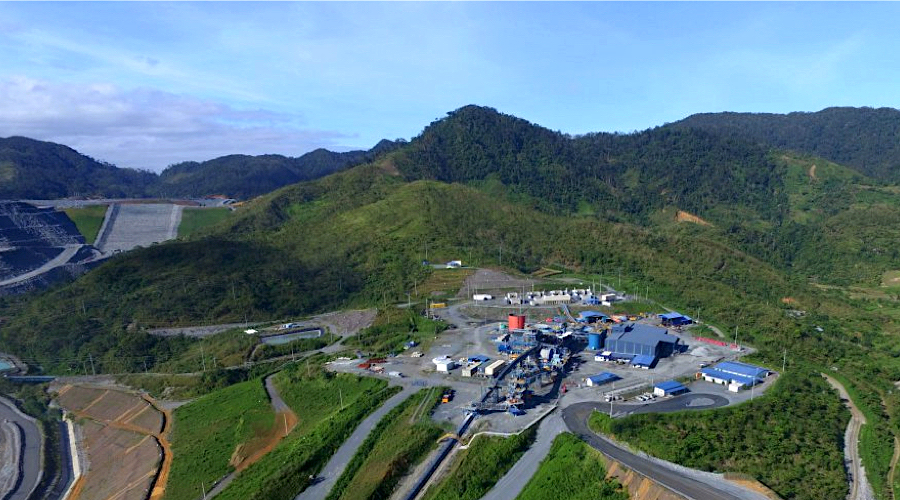
BY LEANDER C. DOMINGO
KASIBU, Nueva Vizcaya (September 7)—The Didipio Mine in this gold deposit-rich town has completed the construction of more than 144 kilometers of road network projects benefiting and providing upland farmers easier transportation of their produce from far-flung communities to the market.
Lawyer Joan Cattiling, Didipio Mine president, said the road network projects have been funded under the mine firm’s corporate social responsibility (CSR) program.
Citing the Didipio Mine’s CSR projects from 2013 to 2021, Cattiling said more than P1.3 billion was spent in Nueva Vizcaya and Quirino provinces for the paving and concreting of roads as well as the construction of schools, health centers, gymnasiums, water systems, among others.
She added that the road network projects span from the mine’s host village of Didipio in this town and its adjacent villages to the communities in the neighboring province of Quirino, particularly the town of Nagtipunan.
Also, as the mine’s external affairs and social performance general manager, Cattiling said the project is one of their biggest infrastructure projects in partnership with the communities and stakeholders surrounding the Didipio Mines.
She said these road network projects have contributed to the socio-economic and agrotourism potentials of indigenous peoples (IPs) living in the provinces of Nueva Vizcaya and Quirino.
Recently, Cattiling was also at the IP Congress in Bayombong town initiated by the National Commission for IPs focusing on healing, reconciliation, and operationalizing the 11 building blocks in the ancestral domain to update the national and local governments of the mine firm’s programs in the towns.
“The completed road network projects also now serve as farm-to-market roads making it easier for farmers in the upland communities to transport their products to the nearest market as well as their supplies to their villages,” she said.
